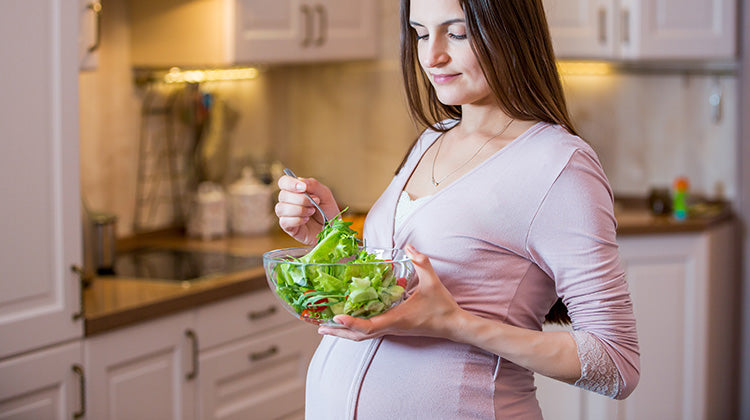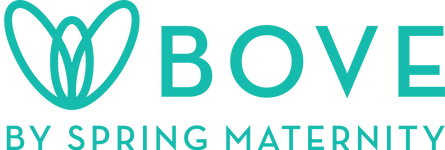
Prenatal Massage
Soothe Those Aches Away
Those aching shoulders and back of yours are just crying out for a massage. A massage is a lovely way to soothe tired muscles and lower your stress hormones. But you’ll be wondering if it’s safe to go for one when you’re pregnant.
A gentle massage can actually go a long way towards helping you relax and reduce anxiety. It could also relieve insomnia, joint and back pain, leg cramping and sciatica. In addition, it can reduce swelling in your hands and feet, provided they are not caused by pre-eclampsia.
Prenatal massage is generally safe but do take note of the following before you book a therapist:
1. Check with your doctor before going for a prenatal massage if you have diabetes, morning sickness or are vomiting regularly, have been diagnosed with preeclampsia or have high blood pressure. Also do so if you have a fever, a contagious virus, or abdominal pain or bleeding.
2. It’s best to go for one after the first trimester.
3. If you are in the second half of your pregnancy, avoid lying flat on your back during your massage as the weight of your baby and uterus can reduce circulation to your placenta. Lying face-down may also be uncomfortable. Some therapists may use a special table to accommodate your belly, so you can lie facedown. If this isn’t comfortable, you can lie on your side with pillows or a body pillow that allow you to face the wall rather than the ceiling.
4. Always tell your therapist that you are pregnant. Better still, choose one who’s well-versed in the do’s and don’ts of prenatal massage. This should be easy as there are a number of spas specialising in this area.
5. Ask for an unscented lotion or oil. Not only may the scent turn you off, but some aromatherapy oils may trigger uterine contractions.
6. If you opt for reflexology, make sure your therapist is knowledgeable about pregnancy since pressure to certain areas such as the area between the ankle bone and heel can trigger contractions.

Leave a comment